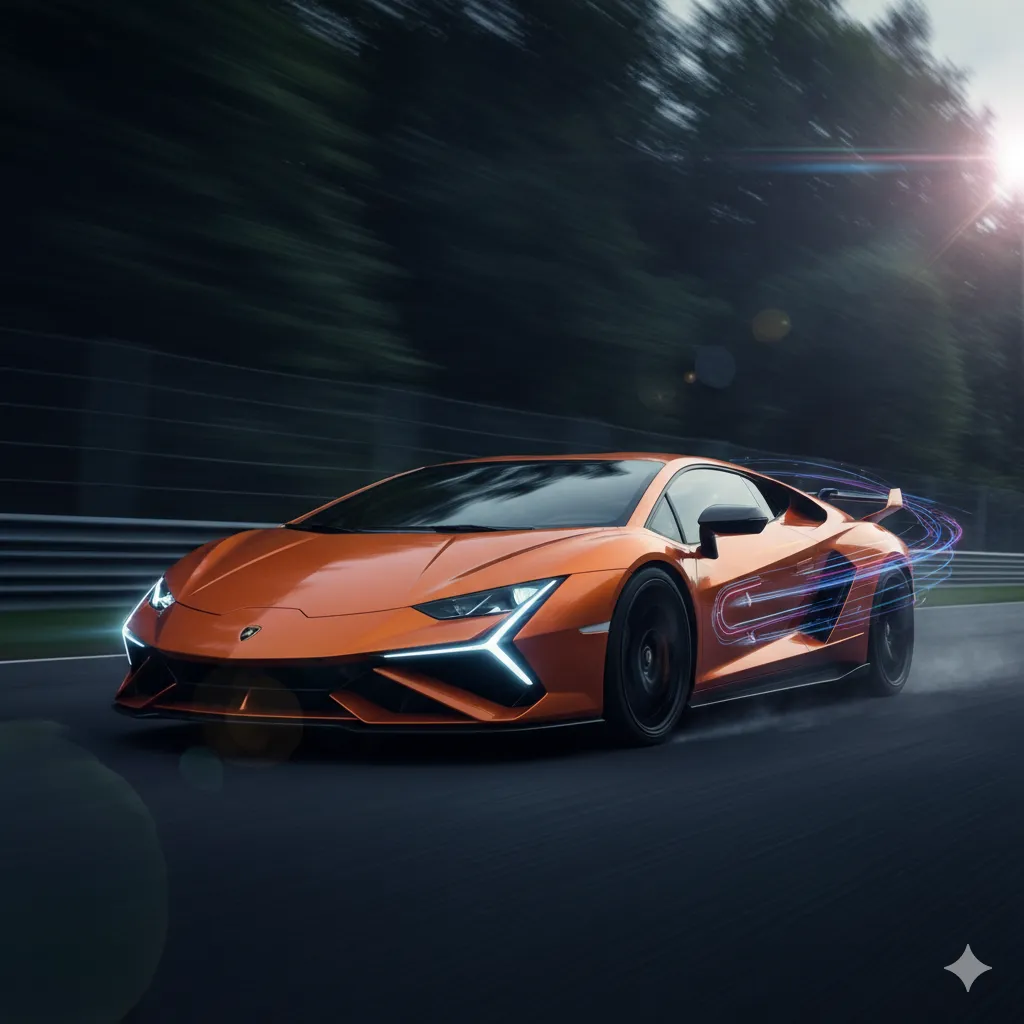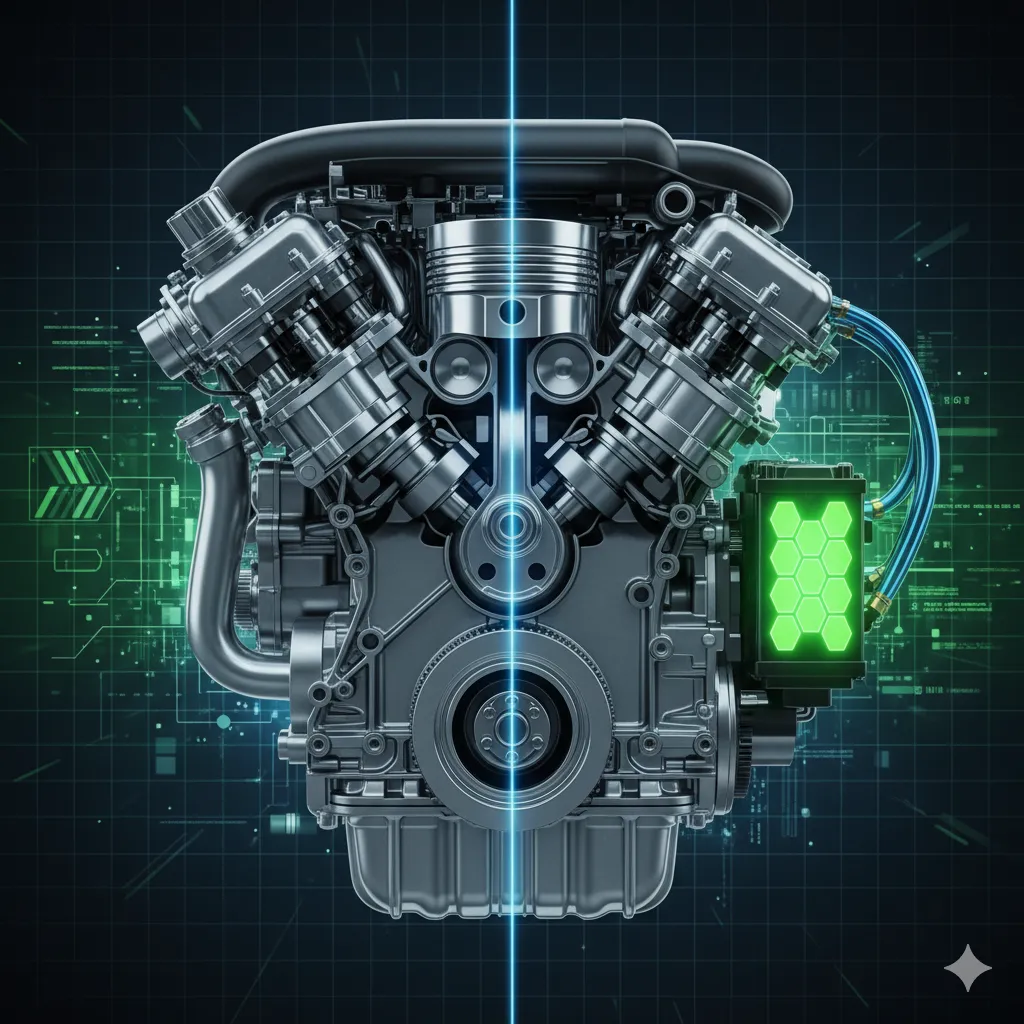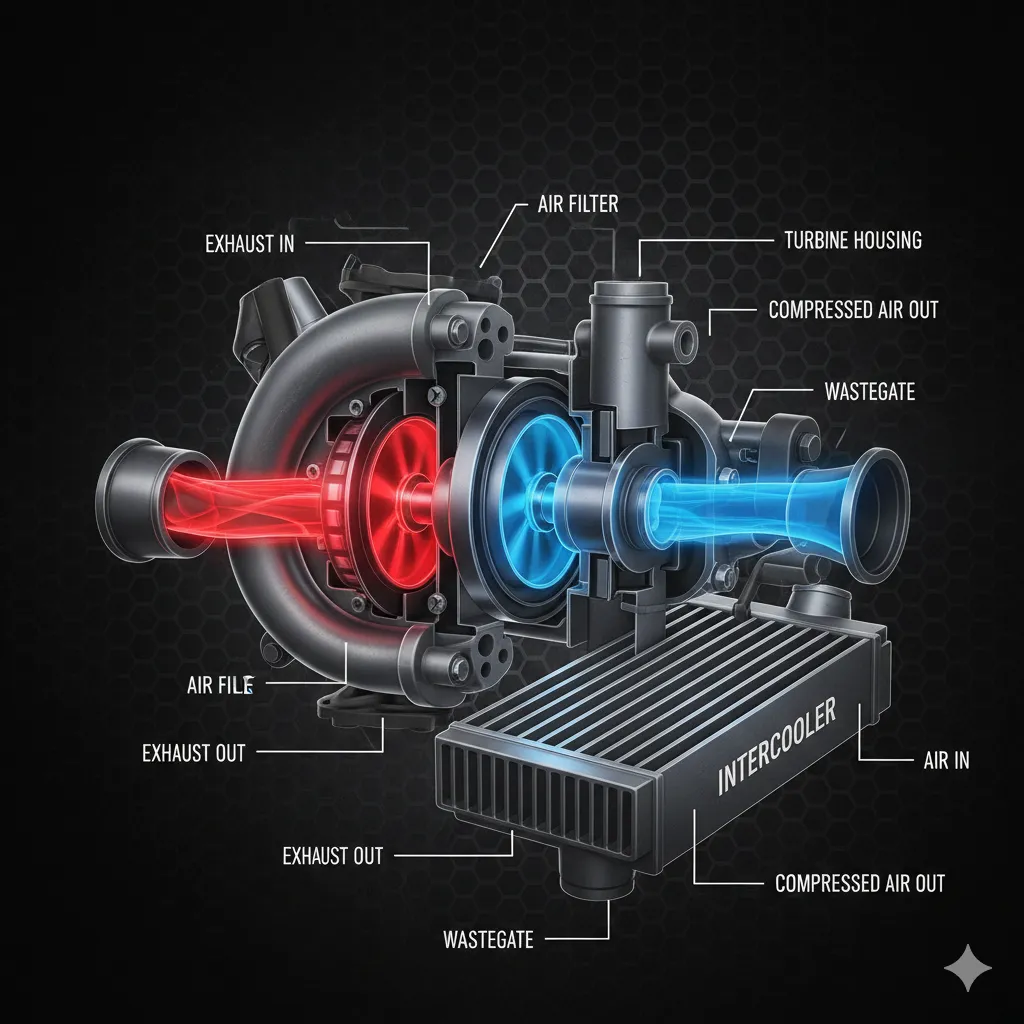
Lamborghini: Breaking Speed Records with V12 Power
Lamborghini: Breaking Speed Records with V12 Power and Hybrid Technology
For decades, the name Lamborghini has been synonymous with unbridled speed, visceral performance, and show-stopping design. More than just an automotive brand, it’s an icon that continuously pushes the boundaries of what a road-legal car can achieve. The quest for ultimate speed is in the marque's DNA, and to this day, every new flagship model is engineered to be a record-breaker, whether it’s setting a new benchmark for top speed or conquering the world’s most formidable race tracks, like the Nürburgring Nordschleife.
But how does Lamborghini keep breaking speed records? The answer lies in a powerful cocktail of old-school engineering passion—most notably its legendary V12 engine—blended with cutting-edge innovations in aerodynamics, lightweight materials, and high-performance hybrid (HPEV) technology.
The Uncompromising Heart: Lamborghini's V12 Engine
At the core of Lamborghini's record-breaking lineage is the mighty V12 engine. This naturally-aspirated masterpiece is a philosophical cornerstone of the brand, delivering a symphony of sound and a linear surge of power that turbocharged rivals simply cannot match.
Naturally Aspirated Purity
Unlike many competitors who rely on turbocharging to boost horsepower, Lamborghini has championed the naturally-aspirated V12 for its flagship models. This design choice results in a higher maximum engine speed (redline), exceptional throttle response, and the iconic, spine-tingling exhaust note the brand is famous for.
In the case of models like the Aventador, and the newer limited-edition hypercars, the engine is tuned to deliver astonishing power figures, often pushing beyond 750 horsepower in its combustion-only form. This pure, raw power is the foundational element that enables the brand's incredible top-speed figures, often exceeding .
The Hybrid V12 Era: Power with Precision
The next chapter in the speed saga is already being written with High Performance Electrified Vehicle (HPEV) technology. The flagship Lamborghini Revuelto—the Aventador’s successor—and the exclusive Lamborghini Fenomeno hypercar demonstrate that electrification isn't a compromise; it’s a performance multiplier.
-
Revuelto's 1015 CV: The Revuelto pairs a new-generation 6.5-liter naturally-aspirated V12 with three electric motors (two on the front axle and one on the gearbox) to produce a combined output of over horsepower (1,015 CV). This massive power, combined with all-wheel drive and electric torque vectoring, allows for a mind-bending 0-100 km/h sprint in just seconds.
-
Fenomeno's Record Output: The limited-run Fenomeno, based on the Revuelto architecture, boasts an even higher output of over CV, claiming the title of the fastest Lamborghini ever in the sprint at seconds. This marriage of the most powerful V12 in Lamborghini history and electric boost redefines acceleration.
The electric motors provide instant torque fill at low RPMs, effectively eliminating any power lag and delivering a relentless, unbroken stream of acceleration that shatters previous records.
Aerodynamic Wizardry: Cheating the Wind
Raw engine power is only half the battle. At the triple-digit speeds Lamborghini reaches, aerodynamic drag becomes the single biggest obstacle. To overcome this, Lamborghini employs advanced, active aerodynamic systems that constantly adapt to driving conditions.
Aerodinamica Lamborghini Attiva (ALA)
The key innovation here is Aerodinamica Lamborghini Attiva (ALA). First introduced on the Huracán Performante, which claimed the Nürburgring production car lap record, and further refined on the Aventador SVJ (Super Veloce Jota), ALA is a sophisticated system of motorized air flaps and vents.
-
High Downforce Mode: When cornering or braking, the system closes the front and rear flaps, maximizing downforce and stability. This allows the car to corner at significantly higher speeds than rivals, directly leading to faster lap times on a circuit.
-
Low Drag Mode: For top-speed runs or straightaways, the system opens the flaps, drastically reducing aerodynamic drag. This lets the car slice through the air with minimal resistance, ensuring the raw engine power is converted directly into maximum velocity.
-
Aero Vectoring: A truly revolutionary feature is Aero Vectoring. On the SVJ, the system can selectively open or close the air channel on one side of the rear wing, pushing downforce to the inner wheel in a corner. This helps the car pivot faster, effectively steering the car with airflow to achieve unparalleled agility.
The result is a car that is both incredibly stable in high-speed corners and slippery on the straights, offering a duality of performance that is key to breaking circuit records.
Ultra-Lightweight Construction and Chassis Excellence
To achieve exceptional power-to-weight ratios—another critical factor in record-breaking speed—Lamborghini utilizes state-of-the-art materials and structural engineering.
-
Carbon Fiber Monocoque: The chassis of flagship models is typically built around a carbon fiber monocoque. This single, incredibly stiff, and lightweight structure, inspired by aerospace technology, forms the safety cell and the foundation for all other components. It contributes to a significant reduction in overall vehicle weight while dramatically increasing torsional rigidity, which is vital for handling.
-
Forged Composite: Lamborghini's proprietary material, Forged Composite, is used for intricate, non-structural components. This process allows for complex shapes and fast, high-volume production of carbon fiber parts, further optimizing weight distribution and lightness.
-
Advanced Braking: To manage the insane kinetic energy generated at record-breaking speeds, every high-performance Lamborghini is fitted with specialized Carbon-Ceramic Matrix (CCM) or CCM-R Plus brake systems. These massive, race-derived brakes are engineered for consistent, fade-free stopping power, allowing drivers to brake later and harder on the track, which is critical for shaving off precious tenths of a second.
Legacy of Records
The brand’s commitment is proven by its history of conquering the world’s most challenging tracks.
Conclusion: The Future is Electrified and Fast
Lamborghini’s formula for breaking speed records is a masterclass in relentless high-performance engineering. It is not one single factor, but the synergistic combination of monumental V12 power, whether pure or hybridized, revolutionary active aerodynamics, and ultra-lightweight carbon fiber construction.
The shift towards HPEV with the Revuelto and Fenomeno is a clear signal: the future of Lamborghini speed records will not be about sacrificing the V12’s soul, but enhancing its raw power with instant electric torque and smarter, faster aerodynamic systems. The quest for Supersportivo performance continues, ensuring that the Raging Bull remains at the absolute pinnacle of the automotive speed hierarchy.
FAQs About Lamborghini Speed
Q1: What is the fastest accelerating Lamborghini?
The fastest accelerating road-legal Lamborghini is typically one of the new High-Performance Electrified Vehicles (HPEVs). The Lamborghini Revuelto achieves in just seconds, thanks to its 1,015 CV V12 hybrid powertrain and all-wheel-drive traction. Limited-run models like the Fenomeno are even quicker, claiming a -second sprint.
Q2: How does Aerodinamica Lamborghini Attiva (ALA) help break lap records?
ALA is an active aerodynamic system that dynamically adjusts the air intake and airflow across the car in less than milliseconds. It operates in two modes:
-
Low Drag: Flaps open to reduce resistance on straights for maximum top speed.
-
High Downforce: Flaps close to increase grip on corners and during braking, allowing the car to maintain higher speeds through the bends, which is the key to faster lap times.
Q3: Why does Lamborghini still use a naturally-aspirated V12 engine?
Lamborghini remains committed to the naturally-aspirated V12 because it provides a purer driving experience. It delivers instant throttle response, a linear power curve, and the distinct, high-pitched engine sound that is a signature of the brand. In the new hybrid models, the electric motors compensate for the lower-end torque that is typically missed in a non-turbocharged engine, creating a "best of both worlds" performance profile.
e) External Links
-
Lamborghini Official Website (For product and technology information):
https://www.lamborghini.com -
Formula 1 Official Website (For motorsport/racing technology context):
https://www.formula1.com -
National Highway Traffic Safety Administration (NHTSA) or similar reputable auto safety/engineering body (for context on advanced vehicle engineering):
https://www.nhtsa.gov




